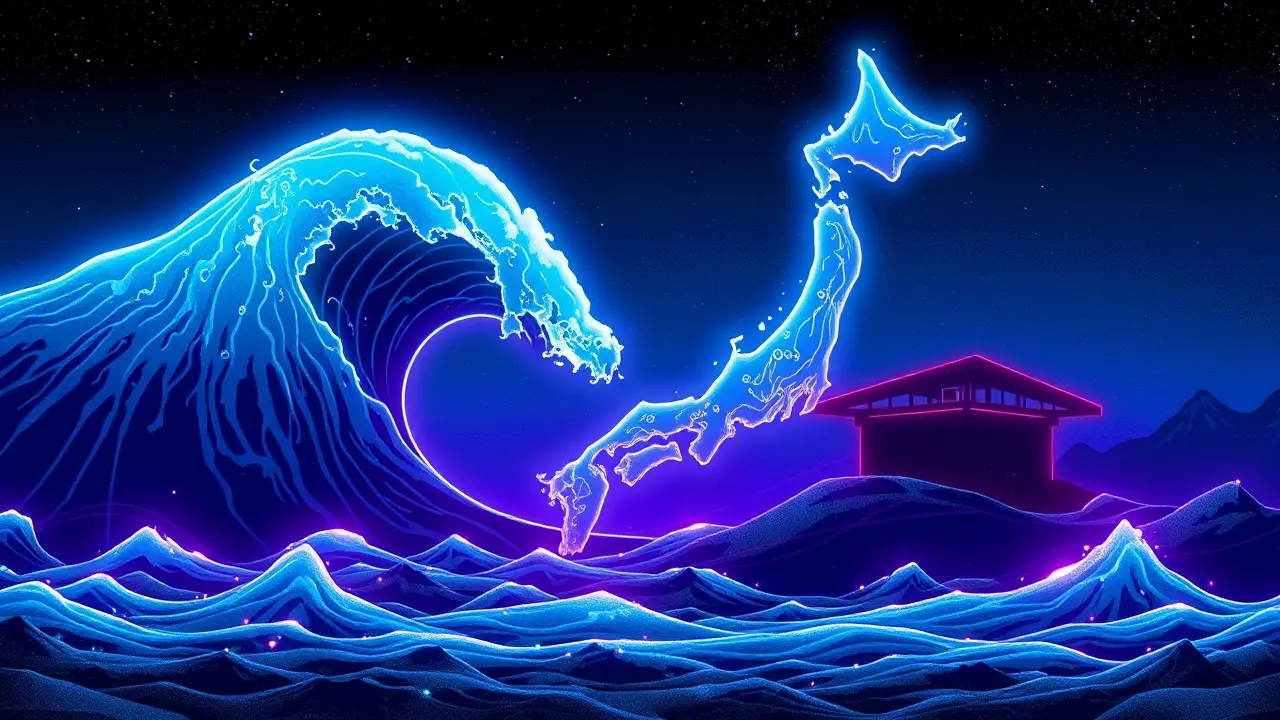
Otherweather & natural eventsEarthquakes
Powerful earthquake strikes Japan, tsunami advisory issued.
JO
John Parker
5 hours ago7 min read
The ground in north-eastern Japan convulsed today with the raw, unforgiving force of a Level 4 shindo earthquake, an immediate and violent event that prompted authorities to issue a critical tsunami advisory, warning of potential waves reaching up to one meter high. This is not merely a seismic reading on a chart; this is a live, unfolding crisis in a nation all too familiar with the ocean's wrath.The tremors, originating off the Pacific coast, triggered the swift, automated protocols of the Japan Meteorological Agency, its alarms cutting through the afternoon calm with a chilling familiarity. For residents in coastal prefectures like Miyagi and Fukushima—regions whose collective memory is seared by the catastrophic 2011 Tohoku earthquake and tsunami—the sound of those sirens is a visceral trigger, a call to immediate, life-preserving action.Evacuation orders, practiced relentlessly in drills, were activated, sending citizens toward designated higher ground, a somber procession underscored by the primal fear of the incoming sea. The stated one-meter wave height, while seemingly modest to an outsider, belies its devastating potential; such a surge possesses immense kinetic energy, capable of sweeping vehicles off roads, demolishing port-side infrastructure, and flooding low-lying communities with terrifying speed.The nation's sophisticated Deep-ocean Assessment and Reporting of Tsunamis (DART) buoy network would have been the first line of intelligence, feeding real-time data to the central command in Tokyo, where analysts compared the initial parameters against historical models. The 2011 disaster, a magnitude 9.0 behemoth that generated waves over 40 meters and led to the Fukushima Daiichi nuclear meltdown, fundamentally reshaped Japan's entire disaster preparedness paradigm, from the engineering of its coastal sea walls to the precision of its public alert systems. Today's event serves as the starkest possible test of those multi-billion-dollar investments and societal reforms.Beyond the immediate physical threat, the economic ripple effects are instantaneous; the region's manufacturing hubs, particularly in the automotive and electronics sectors, enact automatic shutdown protocols, halting production lines to assess structural integrity. Shinkansen bullet train services are suspended, a nationwide precaution that severs a critical artery of commerce and travel.Energy markets, ever-sensitive to geopolitical and natural shocks in major industrial nations, will be watching Japan's power grid stability with intense scrutiny, especially regarding the status of its nuclear facilities, all of which are designed with post-Fukushima safety overhauls. The psychological impact, however, is the most profound and lingering consequence.For a generation of Japanese, the sound of an earthquake alert is not an abstract warning but a direct neural pathway to collective trauma, a reminder of their nation's precarious position atop the volatile Pacific Ring of Fire. The coming hours will be a tense vigil, monitored by seismologists from the US Geological Survey to regional partners, as the data clarifies whether this was a main shock or a foreboding precursor.The response now unfolding—a seamless integration of cutting-edge technology, disciplined public compliance, and relentless media updates—is a masterclass in crisis management, born from the hardest of lessons. The world watches, reminded once again of the formidable and fragile relationship between human civilization and the planet's immense, untamable forces.
#earthquake
#Japan
#tsunami warning
#natural disaster
#featured
Stay Informed. Act Smarter.
Get weekly highlights, major headlines, and expert insights — then put your knowledge to work in our live prediction markets.
© 2025 Outpoll Service LTD. All rights reserved.